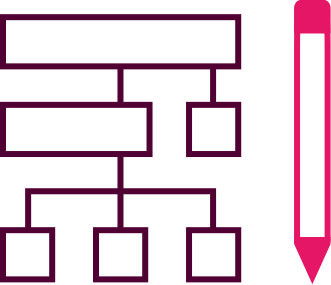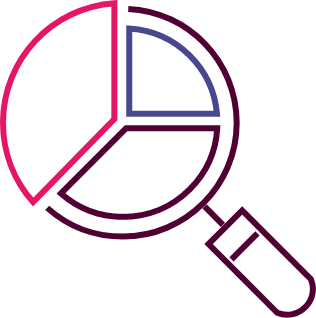
Solution architecture
How to build a dynamic IT landscape with microservice architecture
Benefits of microservice architecture
How do you phase out legacy software with microservices?
There are several variations of the method below, but to keep the explanation simple, let's stick to the general principle of replacing a service or piece of software.
Want to know more?
Read more about related topics
Modern Architecture
Implementation of an IT architecture in accordance with modern principles increases performance, flexibility and scalability
Read more
Data Architecture
Data architecture We see clarification of your data architecture as the foundation for introducing new data-driven strategies or initiatives to strengthen your business
Read more
Architecture
We build solutions based on a flexible and future-proof IT architecture
Read more
Web Development
Novicell is a CMS-independent development company
Read more












